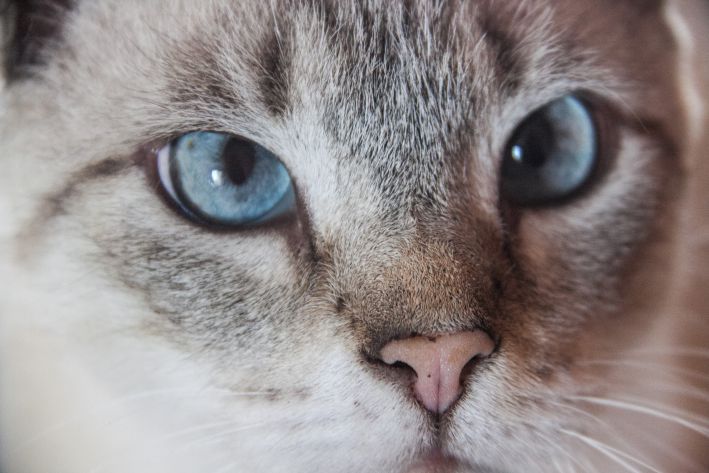Cats, elegant and independent creatures, have unique preferences when it comes to scents.
Some scents may be unpleasant for them and cause discomfort.
Let's take a look at what smells cats don't like and how to take this into account to ensure the comfort and well-being of our furry friends.
Smells that cats don't like
Cats have a sensitive sense of smell, and some scents can cause them discomfort.
Here are some smells to avoid around cats:

Spices and seasonings
Many of the spices and seasonings we use in cooking can cause discomfort in cats.
Cats do not like the aromas of pepper, ginger, garlic, rosemary and celery. To avoid unwanted reactions, it is recommended to store spices in closed containers.
Essential oils
Essential oils with their intense aromas can be unpleasant for cats. They especially dislike the smell of citrus and lavender.
If you plan to use essential oils in your home, make sure your cat has access to exit the room to avoid exposure to scents it doesn't like.
Onion
Onions have a high odor intensity and this can have a negative effect on cats.
A cut onion can be left in the desired location to deter the cat and prevent unwanted behavior.
Oranges
The smell of orange peel can be unpleasant for cats.
If your cat has an aversion to the scent of orange, avoid using orange scents or keep oranges out of cats' reach.
Conclusion
By taking into account cats' preferences and reactions to smells, we can create a comfortable environment for them.
Avoid strong scents, especially spices, essential oils, onions, and oranges. Provide your cat with an escape route from unpleasant odors to maintain its well-being and health.
Previously we talked about how to prolong the life of your cat.








